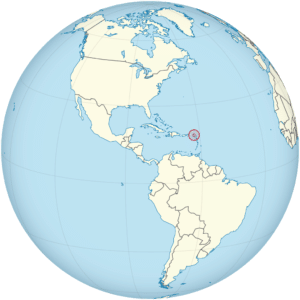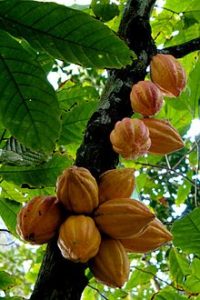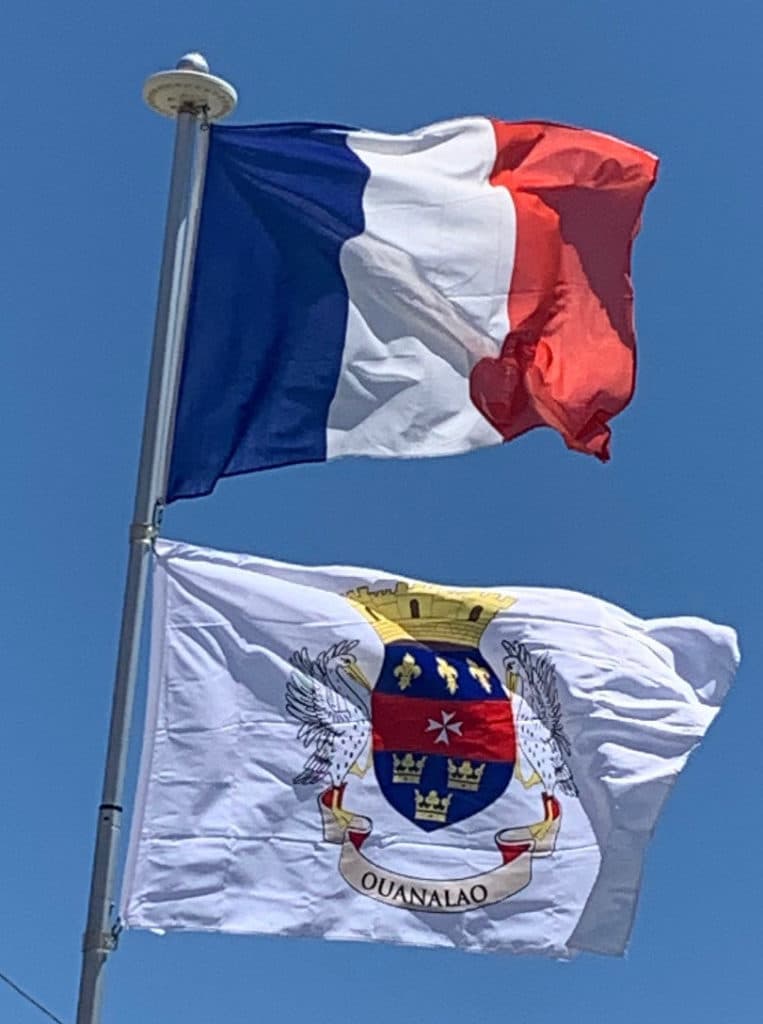Introduction:
Saint Barthélemy, is an overseas collectivity of France in the Caribbean. Often abbreviated to St-Barth in French, and St. Barths or St. Barts in English, the island lies about 35 kilometres (22 mi) south-east of the Dutch-country Sint Maarten and north-east of the Dutch islands of Saba, Sint Eustatius, and the independent country of Saint Kitts and Nevis.
Saint Barthélemy was for many years a French commune forming part of Guadeloupe, which is an overseas region and department of France. In 2003 the island voted in favor of secession from Guadeloupe in order to form a separate overseas collectivity (collectivité d’outre-mer, abbreviated to COM) of France. The collectivity is one of four territories among the Leeward Islands in the northeastern Caribbean that comprise the French West Indies, along with Saint Martin, Guadeloupe (200 kilometres (120 mi) southeast), and Martinique.

Saint Barthélemy, a volcanic island fully encircled by shallow reefs, has an area of 25 square kilometers (9.7 sq mi) and a population of about 10,000. Its capital is Gustavia, which also contains the main harbor. It is the only Caribbean island that was a Swedish colony for any significant length of time; before the end of the Napoleonic Wars, Guadeloupe came under Swedish rule for nearly a century. Symbolism from the Swedish national arms, the Three Crowns, still appears in the island’s coat of arms. The language, cuisine, and culture, however, are distinctly French. The island is a popular tourist destination during the winter holiday season, geared towards the high-end, luxury tourist market.
History:
Early Period:
Before European contact the island was possibly frequented by Eastern Caribbean Taíno and Arawak people, who called the island ‘Ouanalao’, though it is believed that the island was not inhabited permanently due to its poor water sources and soil. Christopher Columbus was the first European to encounter the island in 1493. Sporadic visits continued for the next hundred years until formal colonization began taking shape.

17th Century:
By 1648 the island was settled by the French, encouraged by Phillippe de Longvilliers de Poincy, the lieutenant-governor of the French West India Company, and initially comprised about 50 to 60 settlers, later augmented by smaller numbers coming from St Kitts. Led by Jacques Gentes, the new arrivals began cultivating cacao, however the settlement was attacked by Caribs in 1656 and briefly abandoned.

De Poincy was the dominant administrator in this period and a member of the Order of Saint John. He facilitated the transfer of ownership from the Compagnie des Îles de l’Amérique to the Order. He continued to rule the island until his death in 1660. Five years later, it was bought by the French West India Company along with the Order’s other possessions in the Caribbean. By 1674, the company was dissolved and the islands became part of the French Kingdom and added to the colony of Guadeloupe.
18th Century:
The island proved economically unsuccessful, and was subject to the activities of pirates (most notably Daniel Montbars aka ‘Montbars the Exterminator’), as well as the depredations of the British, who attacked it in 1744.
